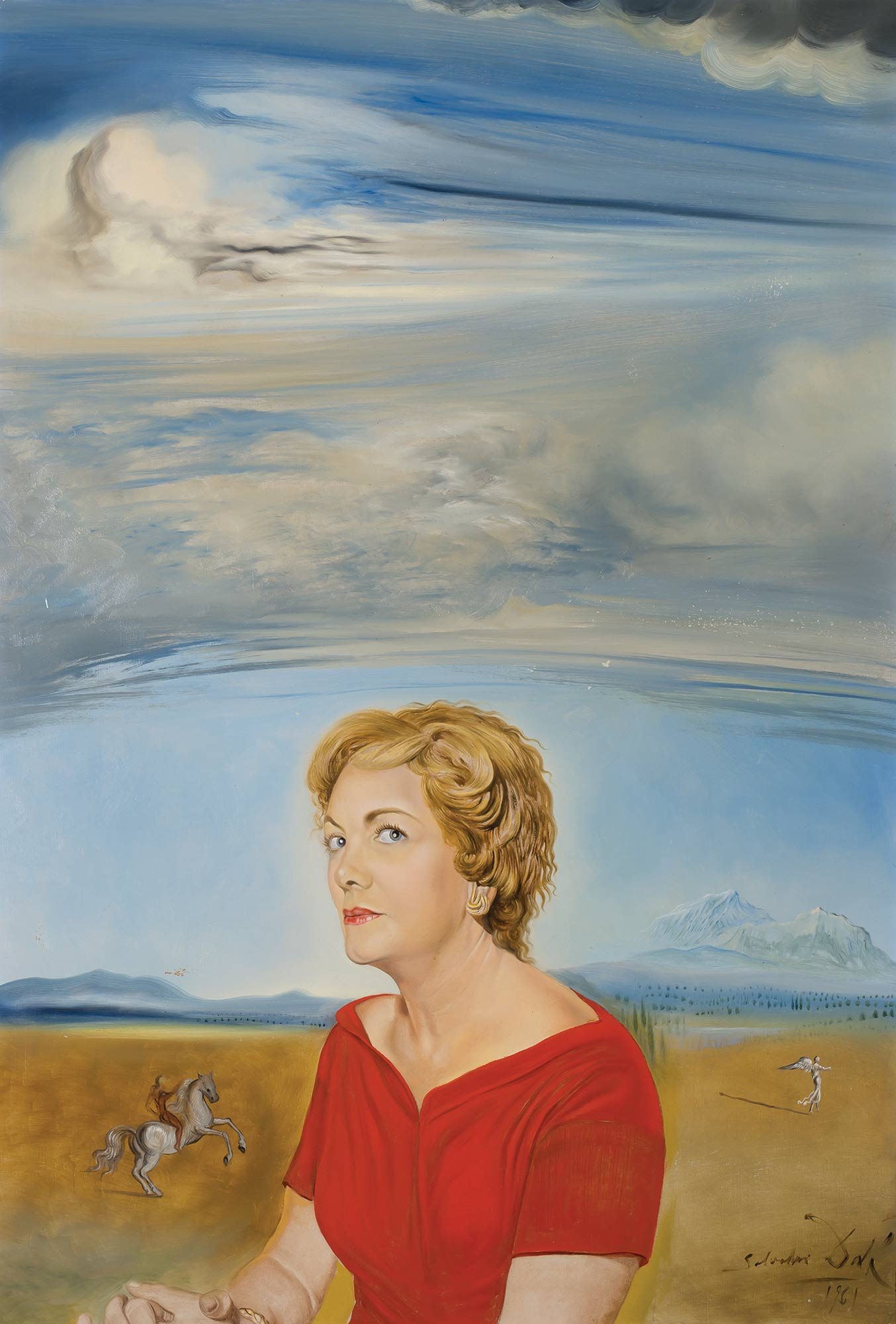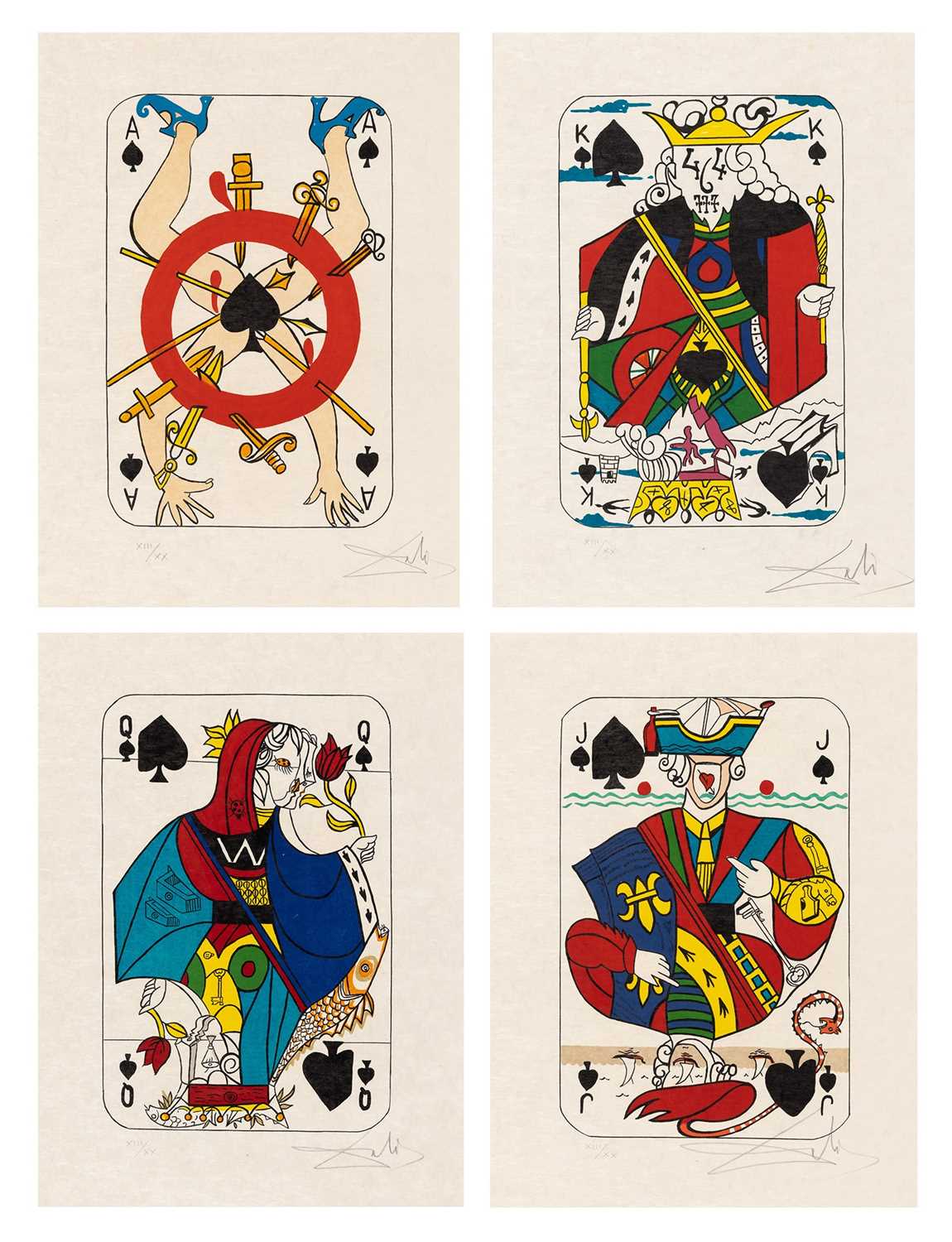
Salvador Dalí
Spanish, 1904-1989
Salvador Dalí was a Spanish surrealist painter known for his precise technique and unusual, dreamlike imagery. Born in Figueres, Spain, in 1904, he became one of the most well-known artists of the 20th century. After studying in Madrid, Dalí moved to Paris and joined the European avant-garde. There, he interacted with Pablo Picasso and other leading artists, while developing his own style influenced by the psychoanalytic theories of Sigmund Freud.
His most famous painting, The Persistence of Memory (1931), helped define surrealism as a movement. The painting features melting clocks and swarming ants surrounded by a barren landscape. As seen in this piece, Dalí’s work explored themes of time, memory, identity, and the subconscious. His market remains strong, with works on paper, prints, and sculptures regularly achieving competitive results at auction—including at Doyle, where collectors continue to seek pieces that reflect Dalí’s singular imagination and craftsmanship.
In addition to painting, Dalí worked in sculpture, film, and design. He remained a public figure throughout his life and left behind a wide-ranging body of work that continues to be exhibited and collected around the world. A permanent museum dedicated to his work, Dalí Paris, is located in the Montmartre district and houses an extensive collection of his sculptures and drawings. His legacy is further honored by the Dalí Theatre-Museum in Figueres, where he is buried.





